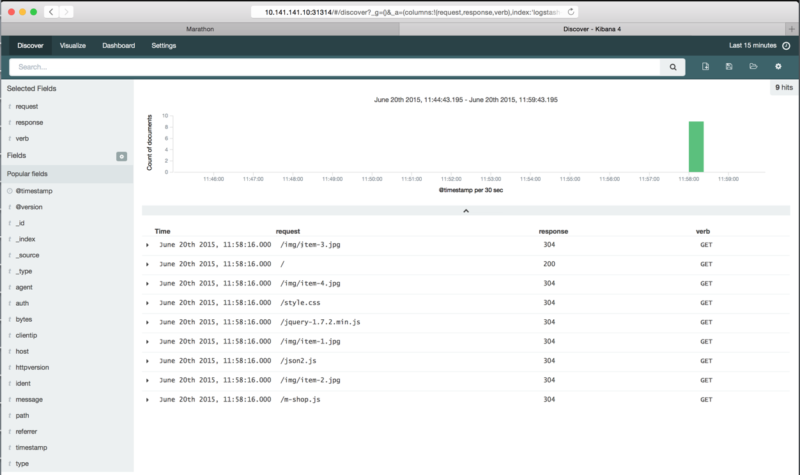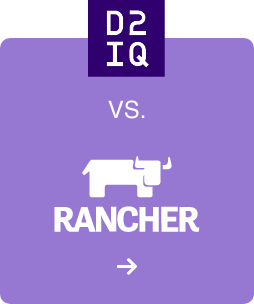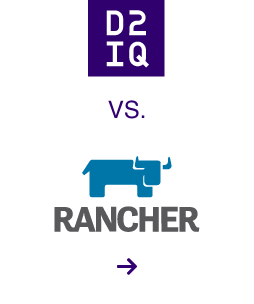Have you ever wondered how to build a web application, including the analytics part, using Docker and Marathon? This post will show you how to do it, step by step. (I
presented an earlier version of this demo app at XebiCon 2015 in Amsterdam, in case you want to
check it out.)
First, let's have a look at the architecture and the environment into which we're deploying.
Architecture
The application, called m-shop, is a fictional merchandising shop consisting of the web application (nginx+Redis) and the analytics part, realized through the ELK (Elasticsearch, Logstash and Kibana) stack. Here's the architecture:
Note the system part (consisting of Mesos/Marathon and the service discovery) as well as the application part. In order to keep things simple and easy to replicate, I chose
Playa Mesos (a Vagrant box that comes with Mesos and Marathon pre-installed) as the deployment environment.
Walkthrough: from Marathon to the ELK stack
If you're just interested in how things work, check out this video where I walk through the setup:
[embed]https://www.youtube.com/watch?v=kvfTWoZ3GOg[/embed]
If you want to try it out yourself, this is what you'll need to do. First, install Playa Mesos and clone the GitHub repo
mhausenblas/m-shop. Then, you need to prepare the Mesos-DNS part by creating
config.js in /etc/mesos-dns/ on your Vagrant box. From here, we're ready to deploy the application. Change into the directory where you've cloned the GitHub repo (in my case ~/m-shop):
~/m-shop $ http PUT http://10.141.141.10:8080/v2/groups < mesos-dns/system.json~/m-shop $ http POST http://10.141.141.10:8080/v2/groups < m-shop.json
Now we have both the system and app parts deployed, and when heading over to the browser at
http://10.141.141.10:8080, we should see something like the following:
The two application specification files
m-shop.json and
system.json we just used to deploy define all the groups, applications and dependencies necessary:
One note on the service discovery part: application IDs used in Marathon, such as /m-shop/site/webdis, are
translated by Mesos-DNS into
RFC952 compliant names -- in this case webdis-site-m-shop.marathon.mesos. You can check this yourself using a common DNS tool in the Vagrant box:
vagrant@mesos:~$ dig _webdis-site-m-shop._tcp.marathon.mesos SRV
; <<>> DiG 9.9.5-3ubuntu0.2-Ubuntu <<>> _webdis-site-m-shop._tcp.marathon.mesos SRV;; global options: +cmd;; Got answer:;; ->>HEADER<<- opcode: QUERY, status: NOERROR, id: 62784;; flags: qr aa rd ra; QUERY: 1, ANSWER: 1, AUTHORITY: 0, ADDITIONAL: 1
;; QUESTION SECTION:;_webdis-site-m-shop._tcp.marathon.mesos. IN SRV
;; ANSWER SECTION:_webdis-site-m-shop._tcp.marathon.mesos. 60 IN SRV 0 0 31000 webdis-site-m-shop-46886-s0.marathon.mesos.
;; ADDITIONAL SECTION:webdis-site-m-shop-46886-s0.marathon.mesos. 60 IN A 10.141.141.10
;; Query time: 3 msec;; SERVER: 127.0.0.1#53(127.0.0.1);; WHEN: Sun Jun 21 10:47:21 UTC 2015;; MSG SIZE rcvd: 216
Above is a DNS query telling you that the webdis-site-m-shop.marathon.mesos service is available through 10.141.141.10:31000 and what the service discovery component
SeDi does, using the Mesos-DNS
HTTP API.
From an end-user perspective, probably the most interesting part is the web application front-end, realized through nginx:
You can change the
content of the website yourself if you want to play around with it. Note that you then have to change the nginx Docker image in m-shop.json from
mhausenblas/m-shop-nginx:latest to your own image. To build the Docker image, change into the frontend-static/ directory and perform the following steps (with your own repo name):
~/m-shop/frontend-static $ docker build -t mhausenblas/m-shop-nginx .~/m-shop/frontend-static $ docker push mhausenblas/m-shop-nginx
In terms of the analytics part of the application, I used an existing all-in-one image containing Elasticsearch, Logstash and Kibana. Initially, you'll have to wait around 2 minutes for the ELK stack to be set up, and then perform a couple of interactions on the /m-shop/site/nginx app, such as clicking on some items, etc.
To confirm that you have data that Kibana can display, you can check the logs in the Vagrant box (the shared volumes between the front end and the analytics part) using ls -al /tmp/m-shop/nginx.
Once the Kibana UI comes up, select the logstash- index along with the @timestamp field name and you should then see something like this:
I hope this little demo app gave you an idea how to build applications using Docker and Marathon, and you might want to take it as a basis to explore this space. Some further experiments worth exploring include adding a
load balancer and deploying the app into the
Mesosphere Datacenter Operating System.














